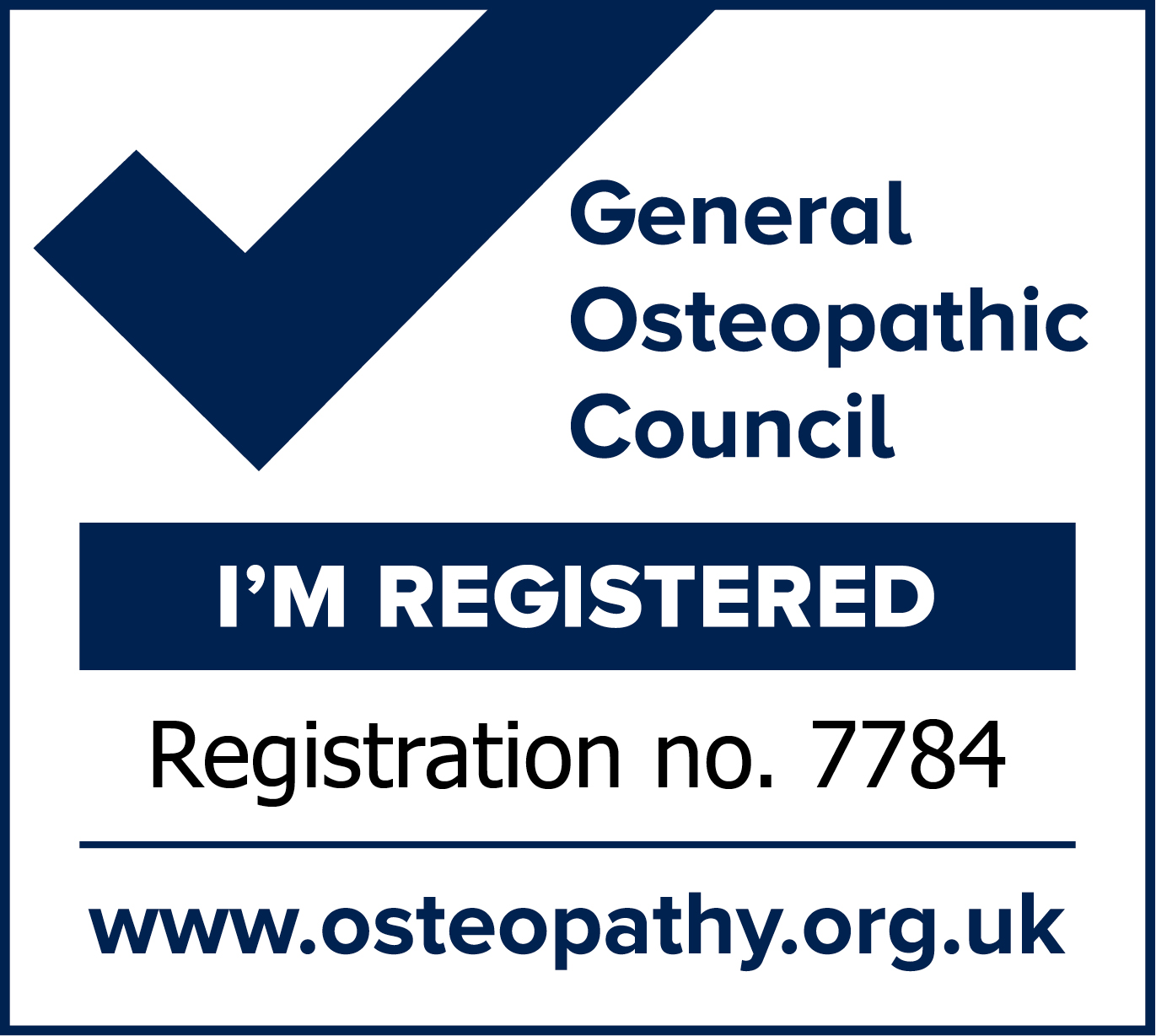Traditional Chinese Bodyworks
Traditional Chinese Bodyworks are therapeutic systems that work on both physical and energetic levels to promote holistic health. On a physical level they treat various disorders affecting the musculoskeletal, circulatory, lymphatic and nervous systems. They are also used in abdominal discomfort and other sources of visceral pain.
The energetic aspect of bodyworks is rooted in Traditional Chinese Medicine (TCM) and concepts of Qi. This is often translated as a vital energy or life force that flows throughout the body in channels called the meridians. These connect all parts of the body including organs, tissues, and the psyche.
TCM considers that blockages or imbalances of the flow of Qi are the root cause of pain, illness and dysfunction. Working along the meridians and over specific acupressure points, Chinese Bodyworks aim to influence the tissues and organs and restore balance in the flow of Qi.
Tuina
Tuina is one of the four pillars of Traditional Chinese Medicine (TCM), along with acupuncture, herbal medicine and Qigong. It combines bodywork with energetic work to mobilise the body, clear stagnation and promote the flow of blood and Qi.
Deep, brisk and invigorating movements lift, pluck and roll the tissues to free their movement and break down adhesions in the myofascia. Articulation and joint manipulations remove structural obstructions while light touch stimulates the skin and lymphatic system for the removal of metabolic wastes. Superficial brushing, tapping and vibration relaxes the muscles, opens the meridians, dissipates stagnant energy and calms the nervous system.
Jane practices Tuina as a student of Total Therapy Training, affiliated to the British Acupuncture Federation and endorsed by Yanagi Healing Arts and Clinics, Tokyo. Having completed the practical assessment, she is required to submit case studies and may on occasion ask permission to use your treatment for her portfolio.
Cupping
Cupping is an age-old therapy with evidence for use in Ancient Egyptian, Chinese, and Middle Eastern cultures. Used in Traditional Chinese Medicine, it combines physical therapy with energetic work to mobilise the body, clear stagnation and promote the flow of blood and Qi.
Applied to the skin, vacuum cups create a negative pressure which lifts the tissues and draws them apart, increasing local blood flow and flushing the area with fresh blood. Stimulation of the venous and lymphatic vessels permits enhanced drainage and the removal of metabolic and toxic waste products.
The degree of suction depends on the condition being treated, age, health-status and tolerance of the patient. The cups are either left in place or moved around as part of a massage treatment for musculoskeletal pain, myofascial restrictions and adhesions as well as conditions such as digestive disorders, constipation, period pain and respiratory complaints.
Treatment should not be significantly painful, although stronger suction may leave dark circular marks on the skin for a few days, especially in fair-skinned individuals.
Gua Sha
Meaning to ‘scrape toxins’ or ‘rub trapped energy’, Gua Sha uses a variety of a smooth, flat tools to apply unidirectional, compressive strokes to the oiled skin. Using principles of TCM, it addresses stagnation and alleviates pain and disease through the manual movement of blood and Qi.
Gua Sha increases microcirculation in the skin fourfold, bringing fresh blood for healing and flushing venous and lymphatic wastes. Deeper techniques address the myofascia, muscles and tendons. In breaking down adhesions and scar tissue, Gua Sha provokes an inflammatory response that activates tissue remodelling and restores function. It is particularly beneficial for muscle strains, ligament sprains and tendinopathies including tennis elbow, rotator cuff dysfunction and achilles tendinitis.
Treatment can be targeted to smaller superficial areas such as to treat plantar fasciitis, De Quervain’s tenosynovitis and trigger finger. Gua Sha should not be significantly painful, although stronger techniques can give rise to a characteristic rash. This indicates broken capillaries and may take a few days to dissipate, especially in fair-skinned individuals.
east meets west
physical & energetic chinese bodyworks.
Chinese Bodyworks are holistic therapies that recognise the interconnectedness of the physical body and its energetic system. By addressing both aspects, they aim to not only relieve symptoms but also to treat the root causes of imbalance and promote the body's natural healing abilities. Treatment are tailored to the individual's specific needs and constitution using principles of anatomy, physiology and TCM concepts of Qi and yin yang.
Jane practices Tuina as a student of Total Therapy Training, affiliated to the British Acupuncture Federation and endorsed by Yanagi Healing Arts and Clinics, Tokyo. She is required to submit case studies and may on occasion ask permission to use your treatment for her portfolio.
Jane trained in dry vacuum, fire cupping and Gua Sha with Jong Baik Education. She uses both myofascial and TCM techniques. While trained in bloodletting, Jane is unable to offer this at present and does not practice hijama cupping.
- Clear stagnation
- Tonify deficiency
- Sedate excess
- Balance yin yang
- Promote circulation, lymphatic drainage & detoxification
- Stimulate the muscles, organs & nervous system
- Calm the tissues, organs & nervous system
- Restore homeostasis
Treatments by Jane Bell
Registered Osteopath & Medical Acupuncturist
General Osteopathic Council Regstration #7784
Contact



